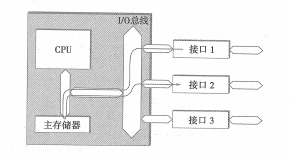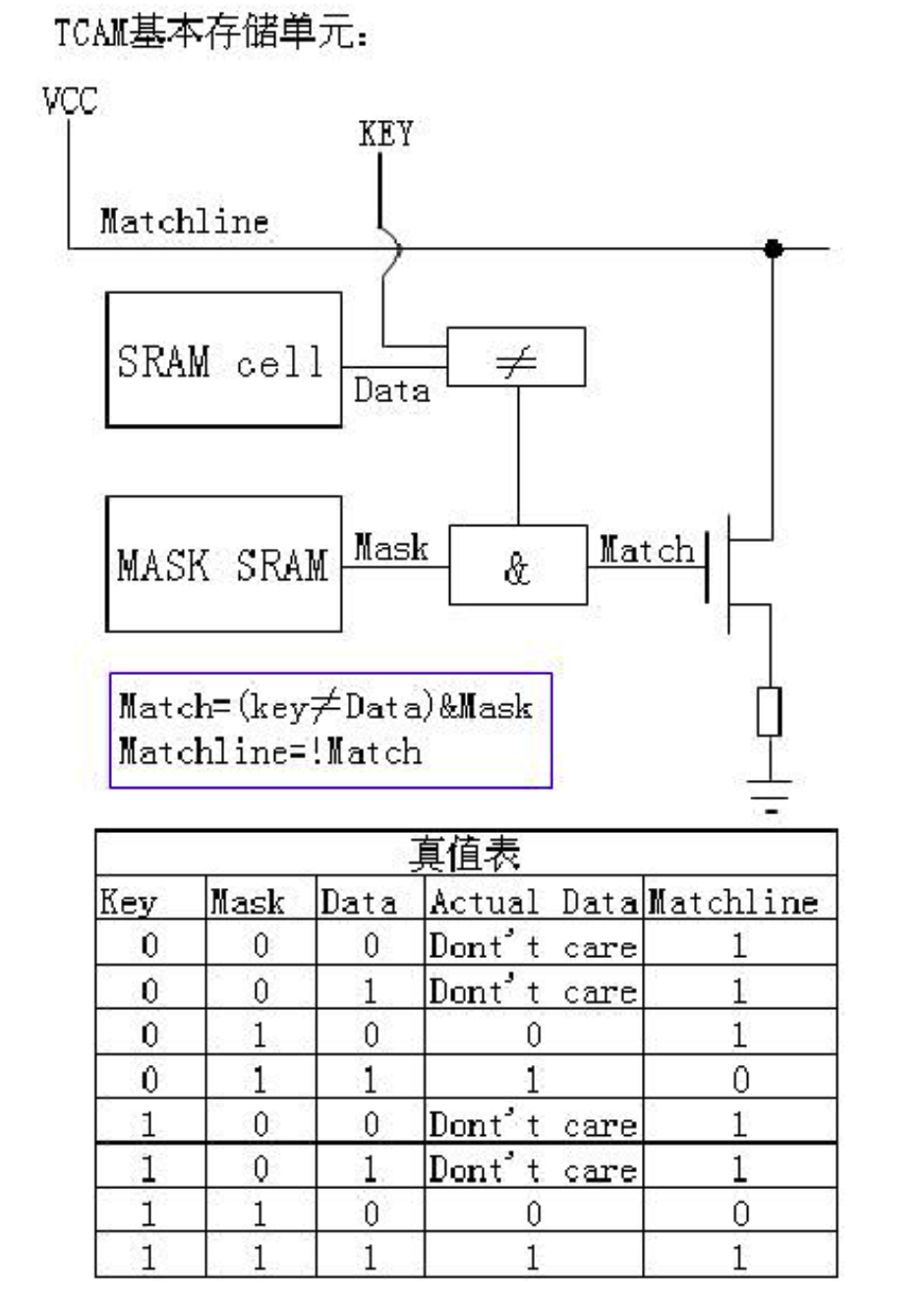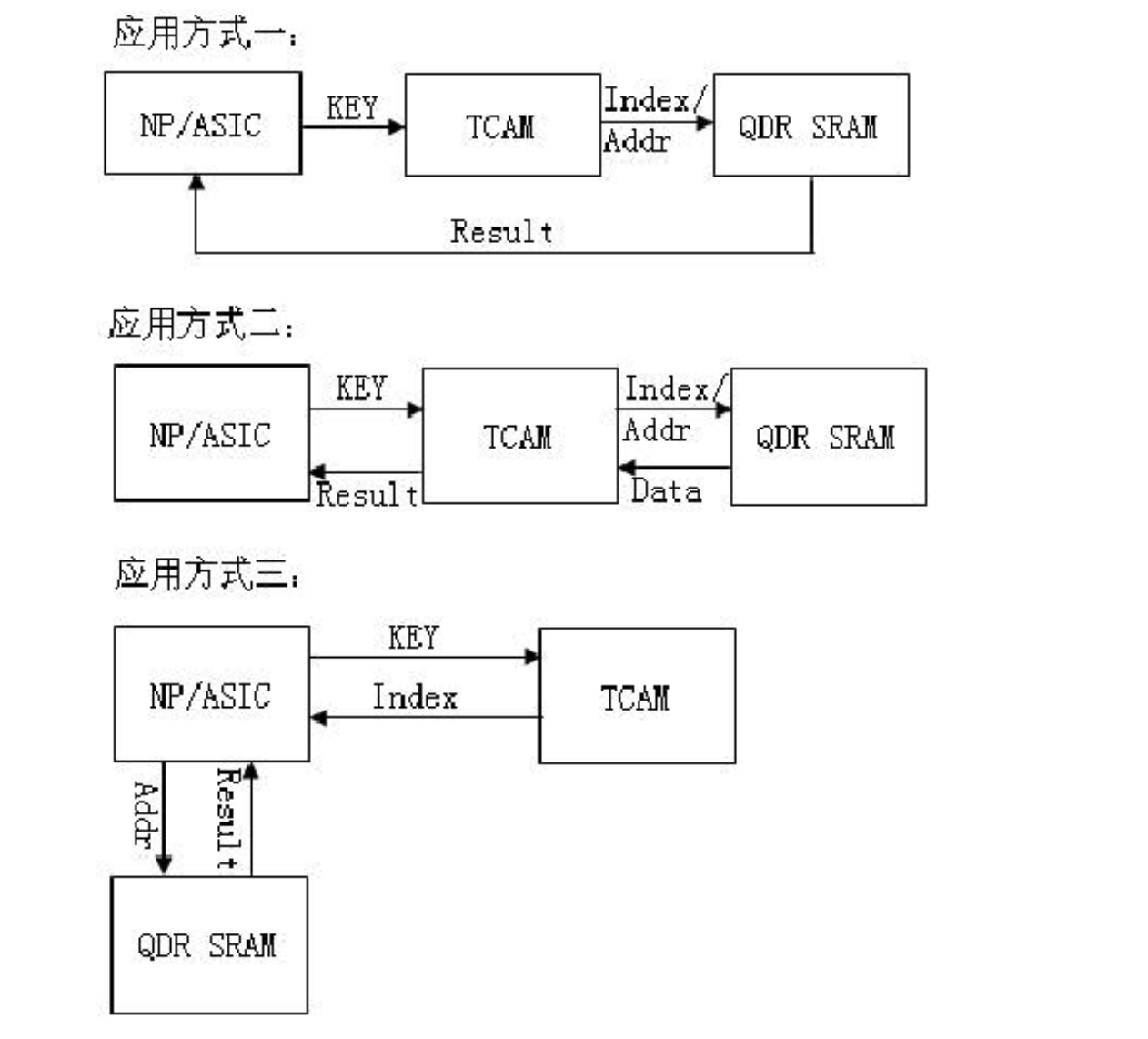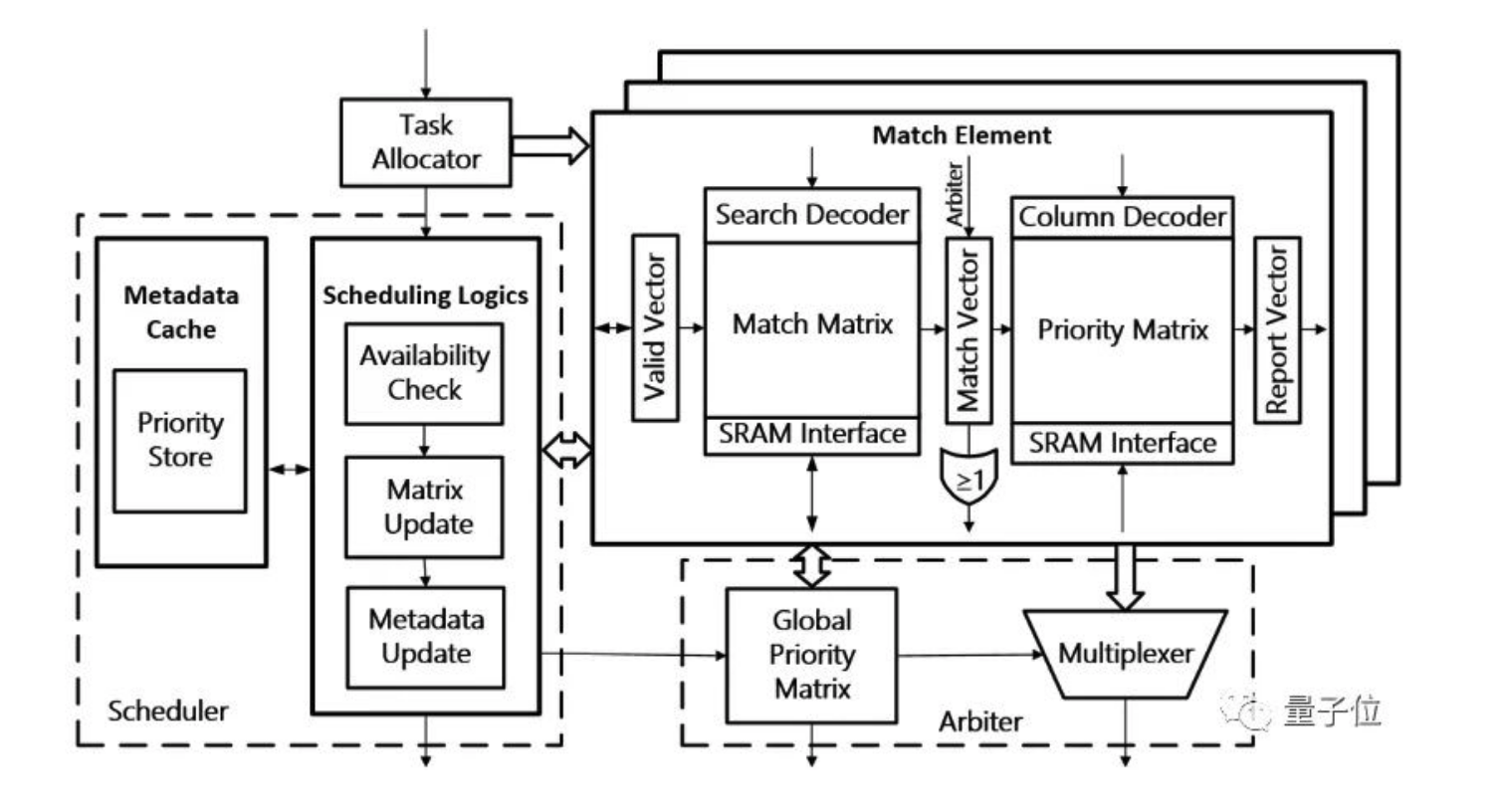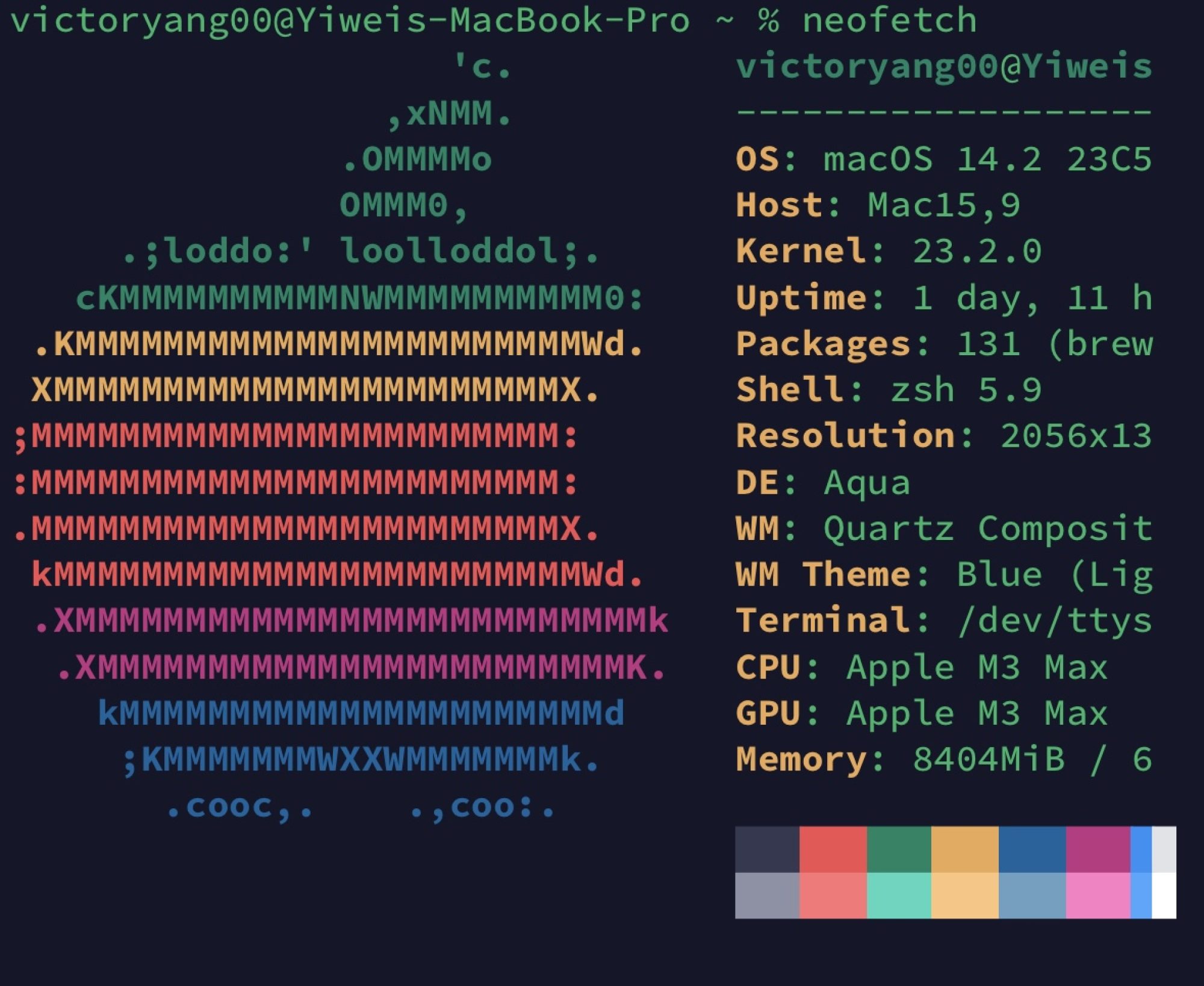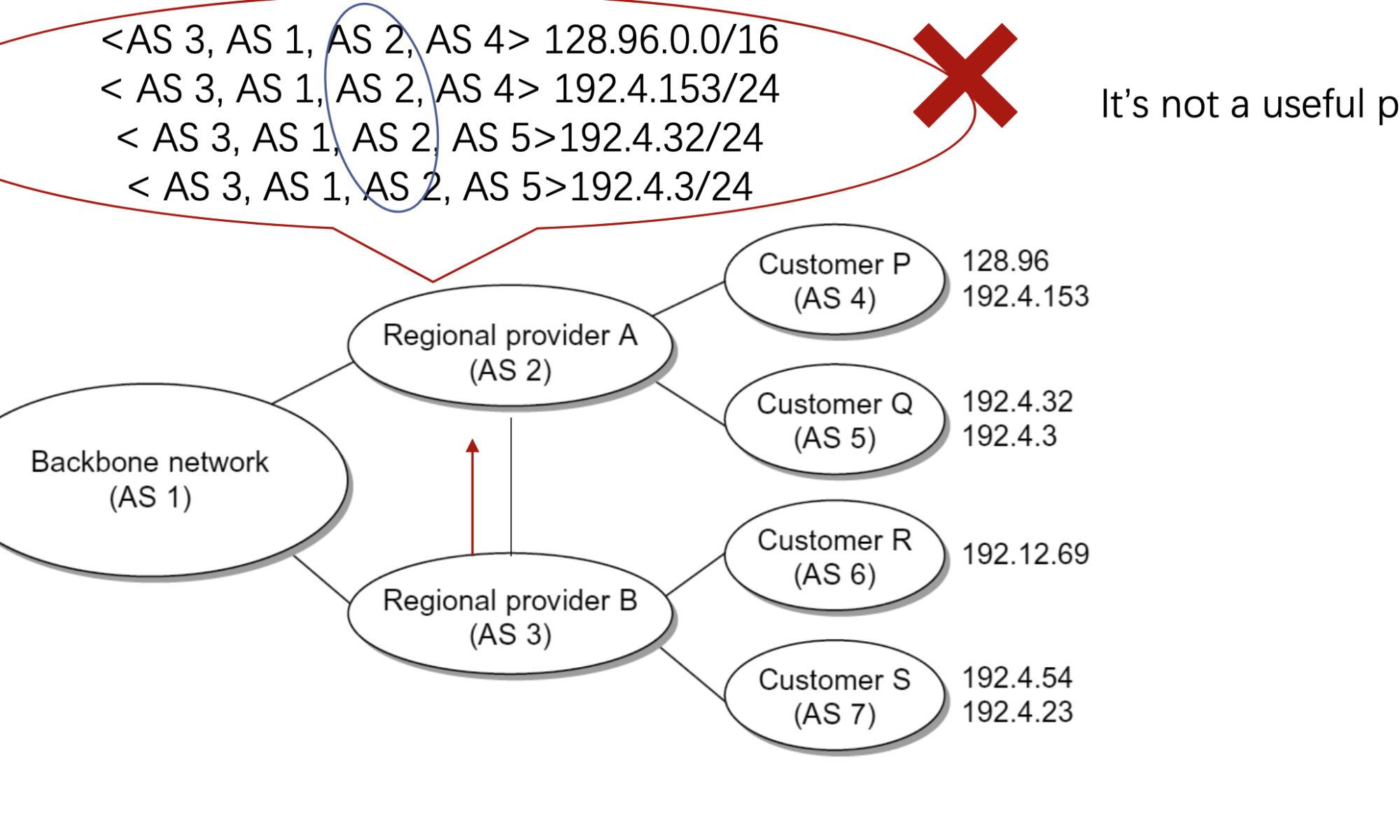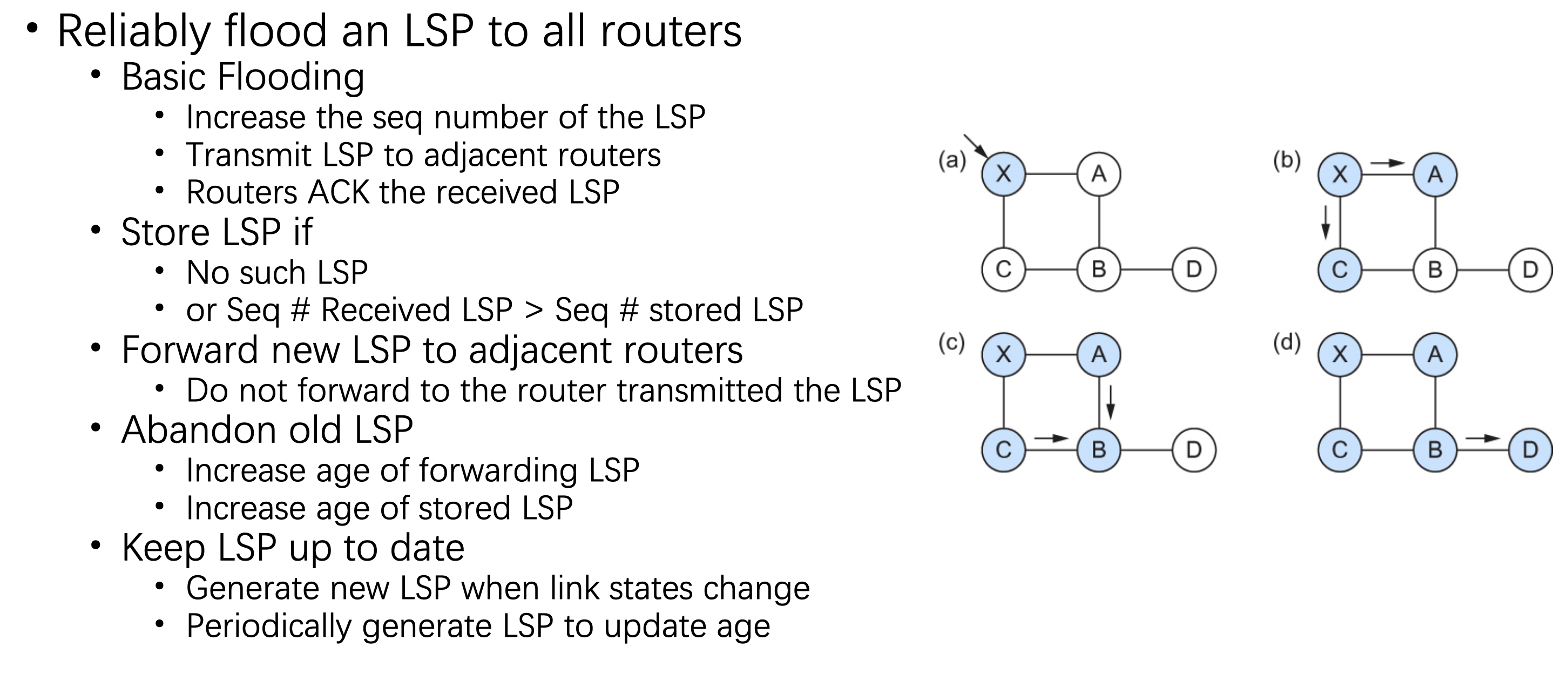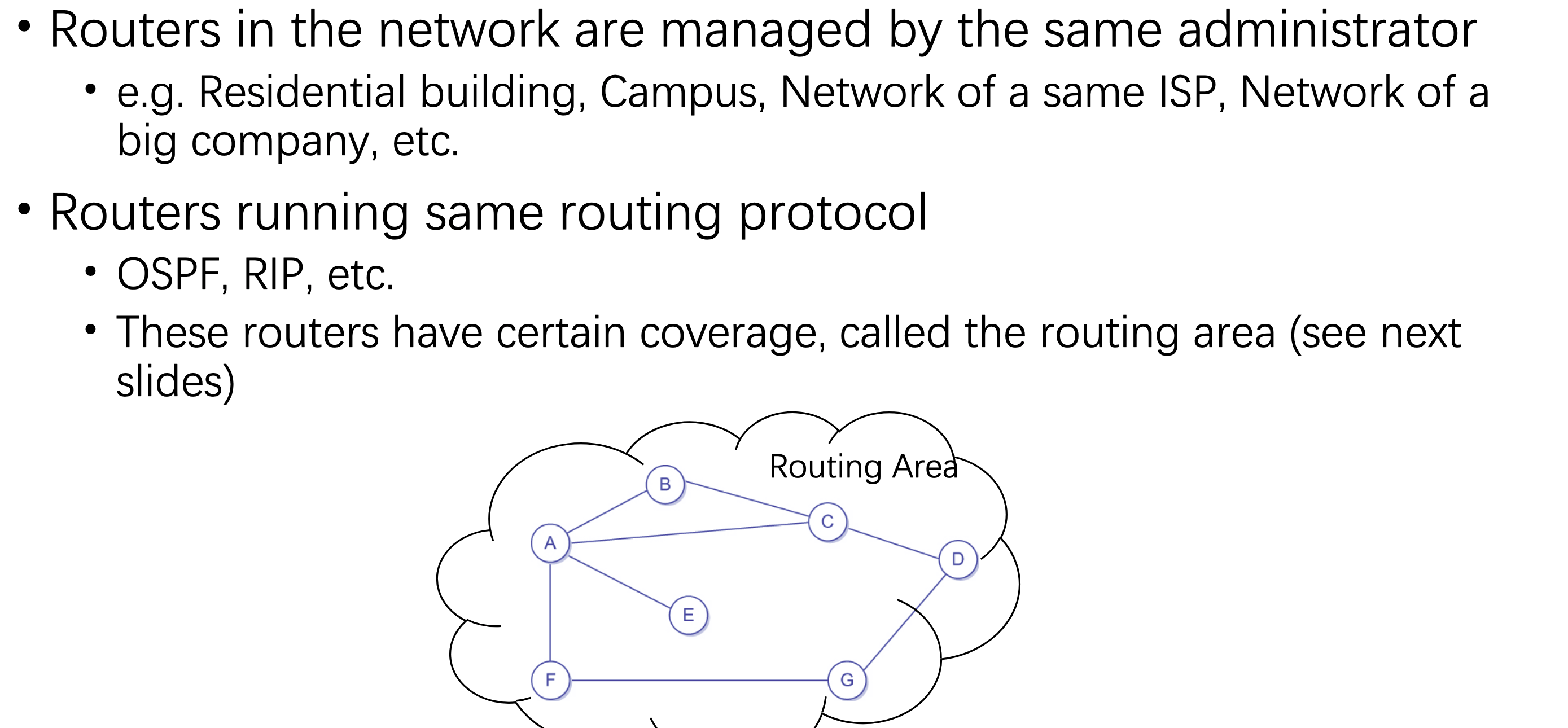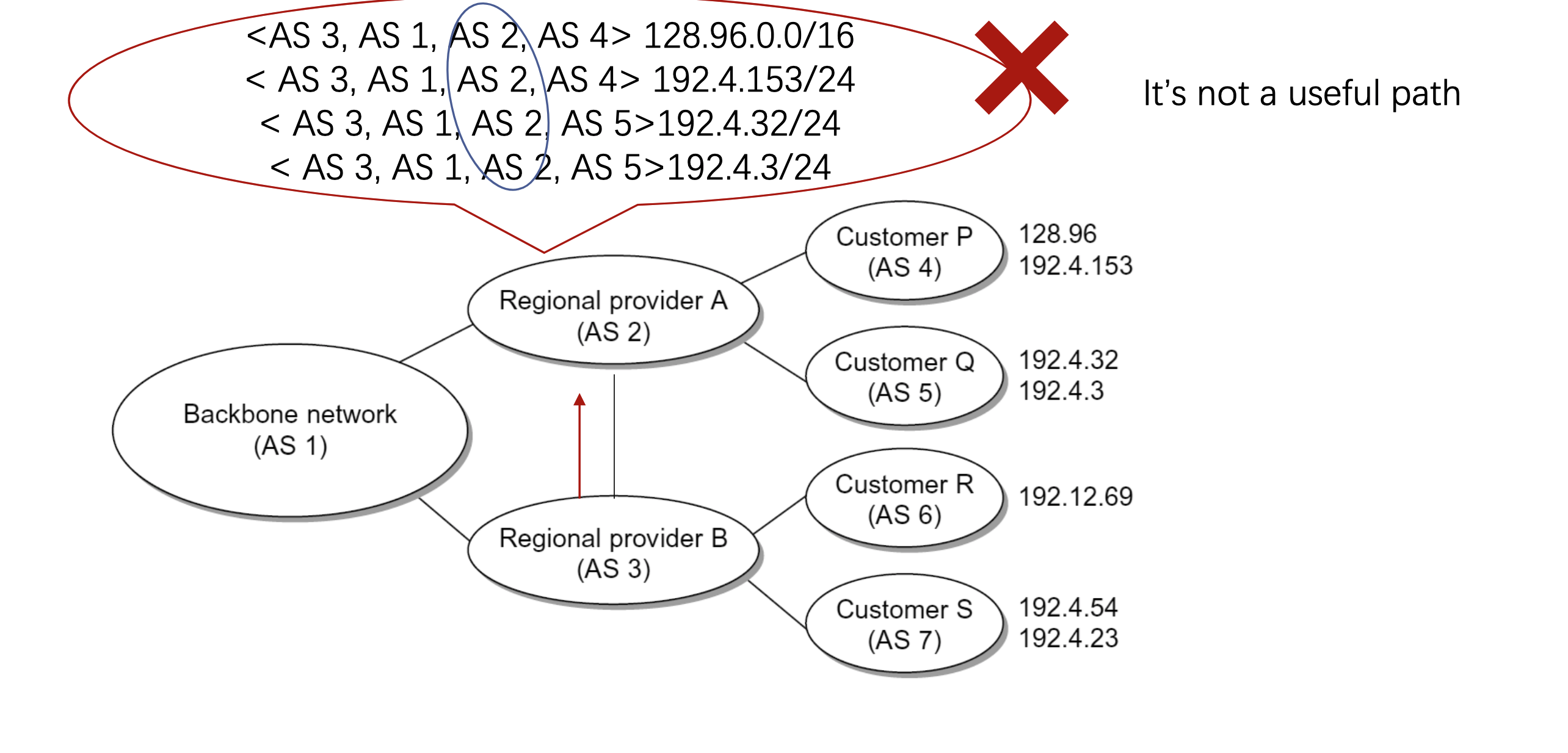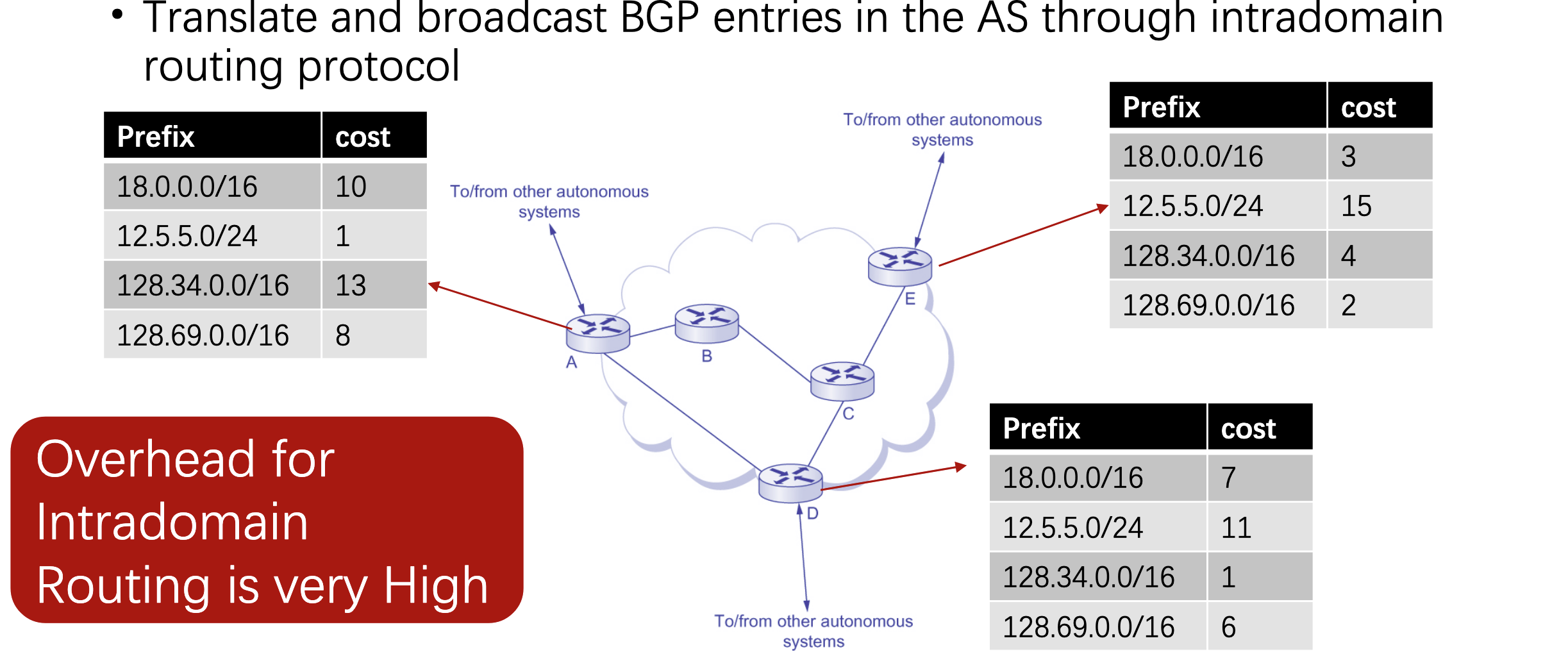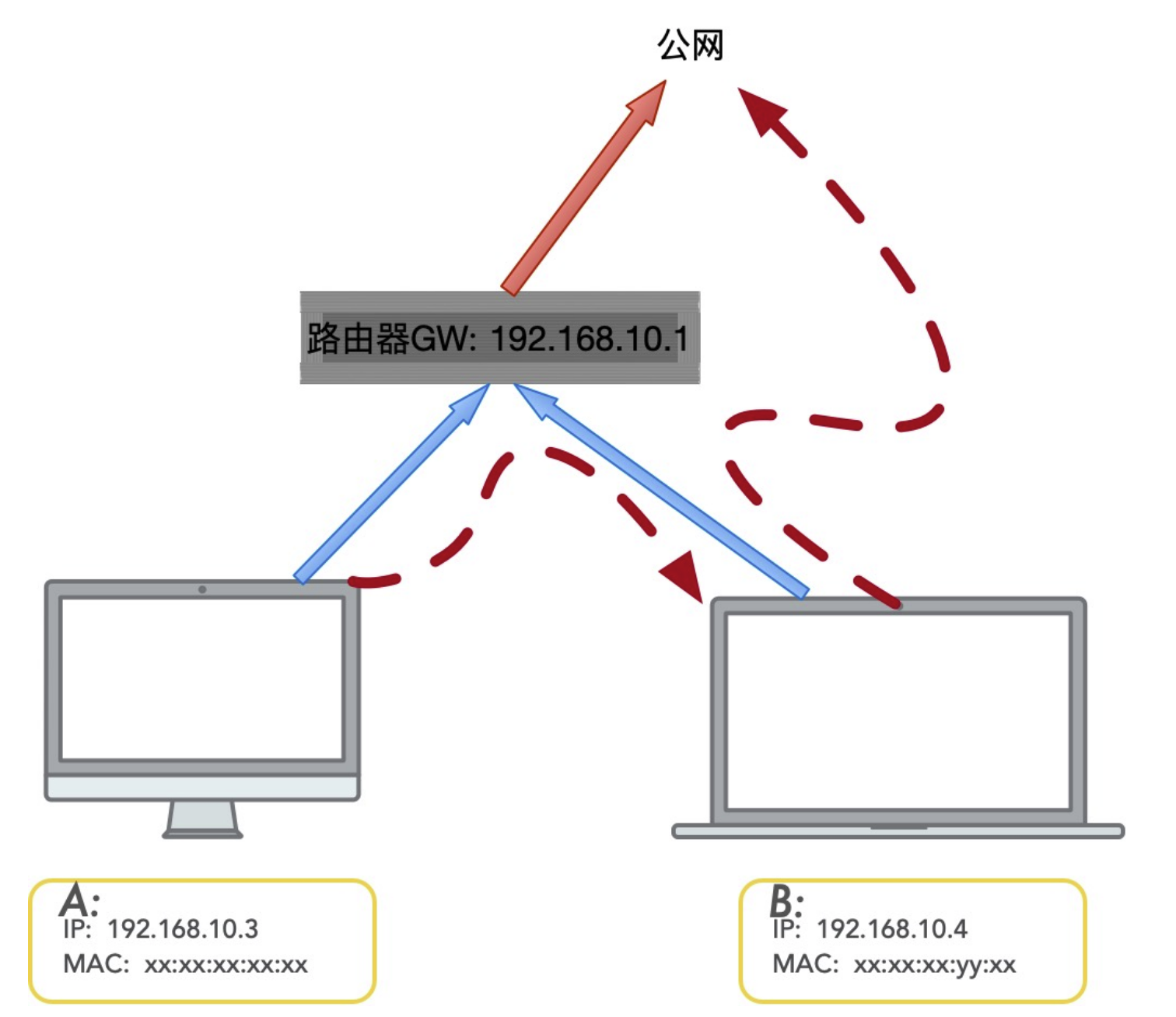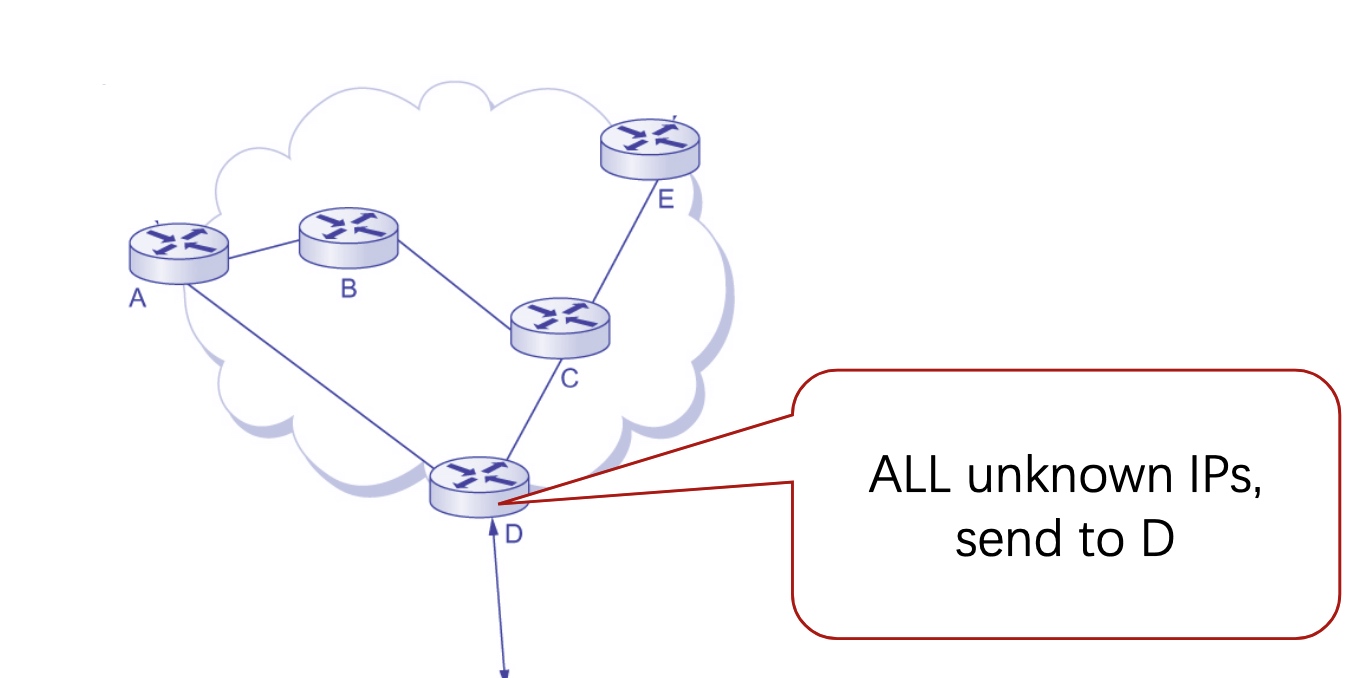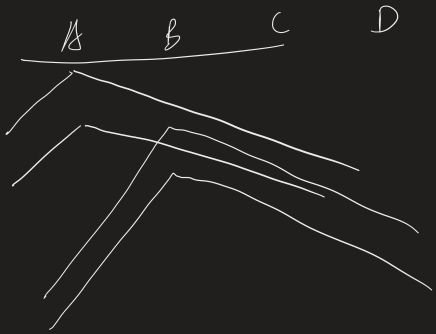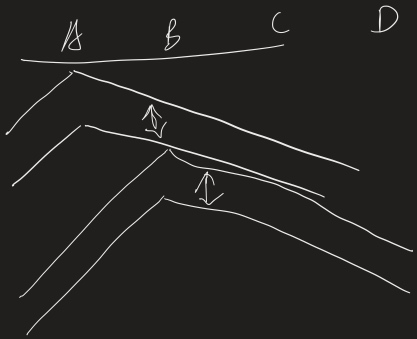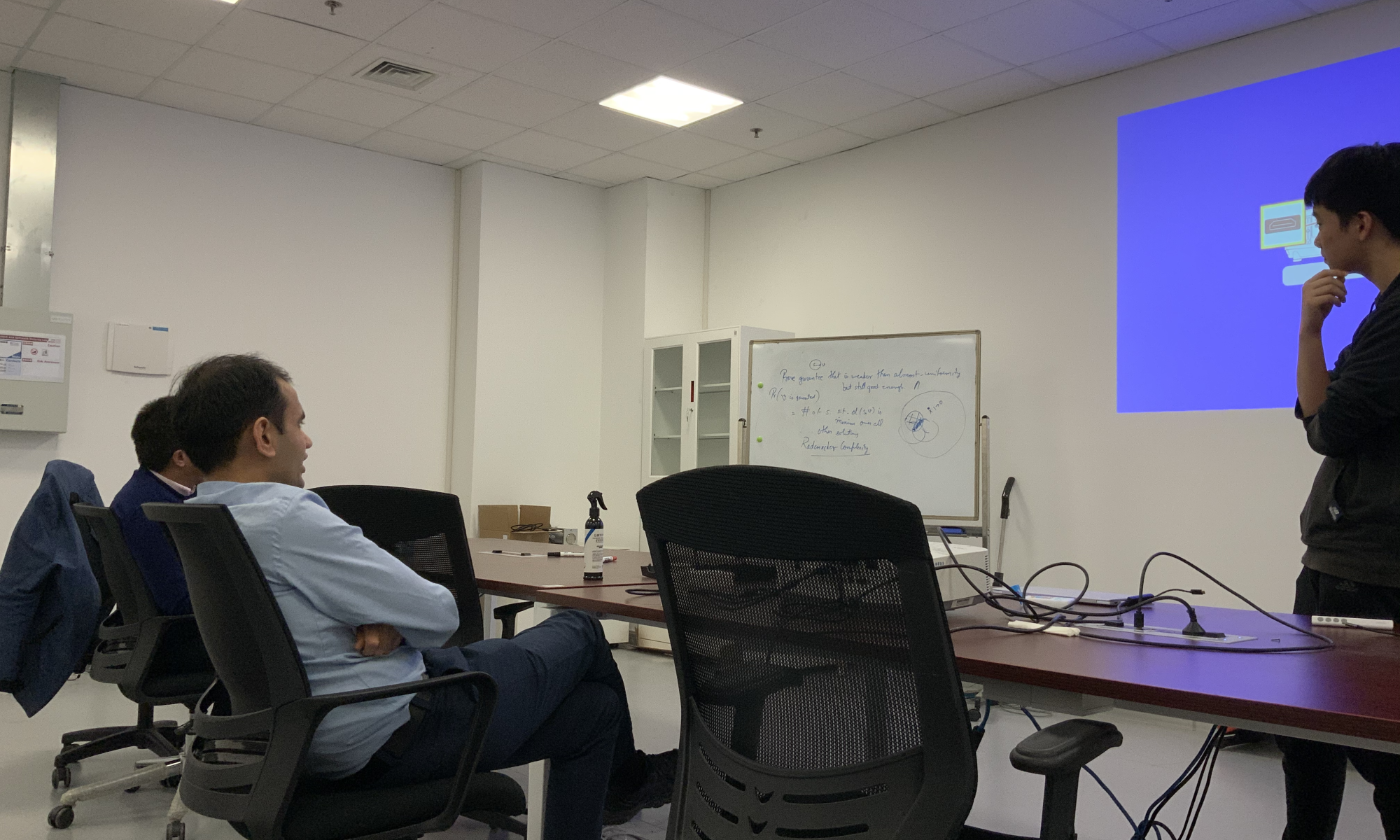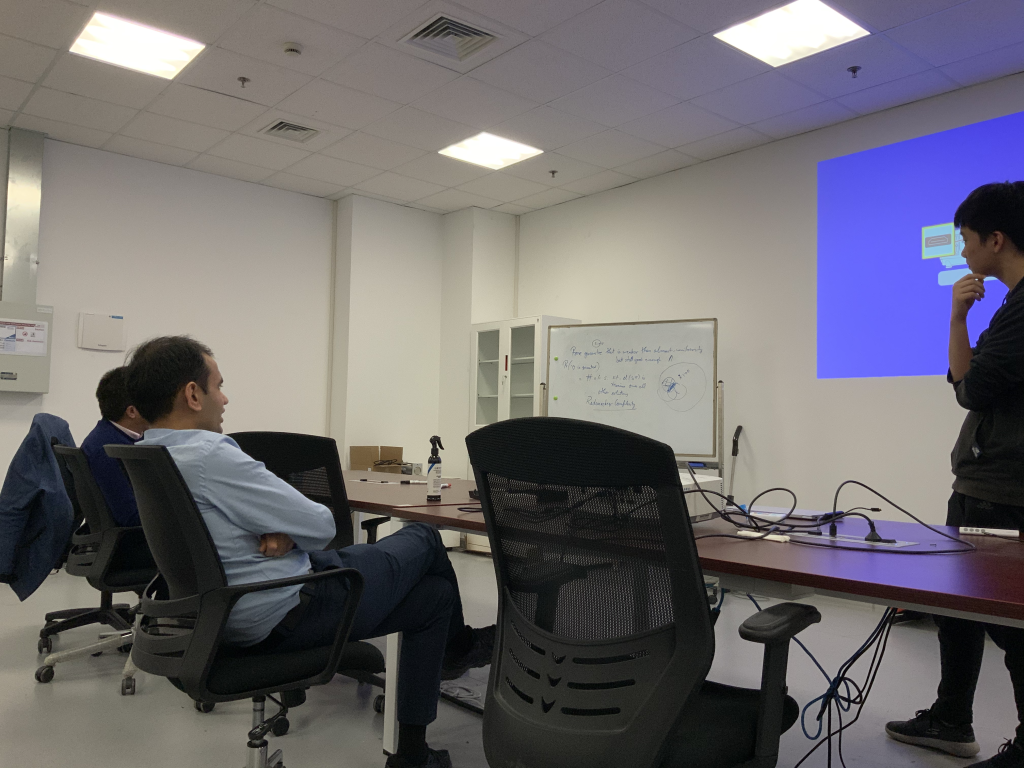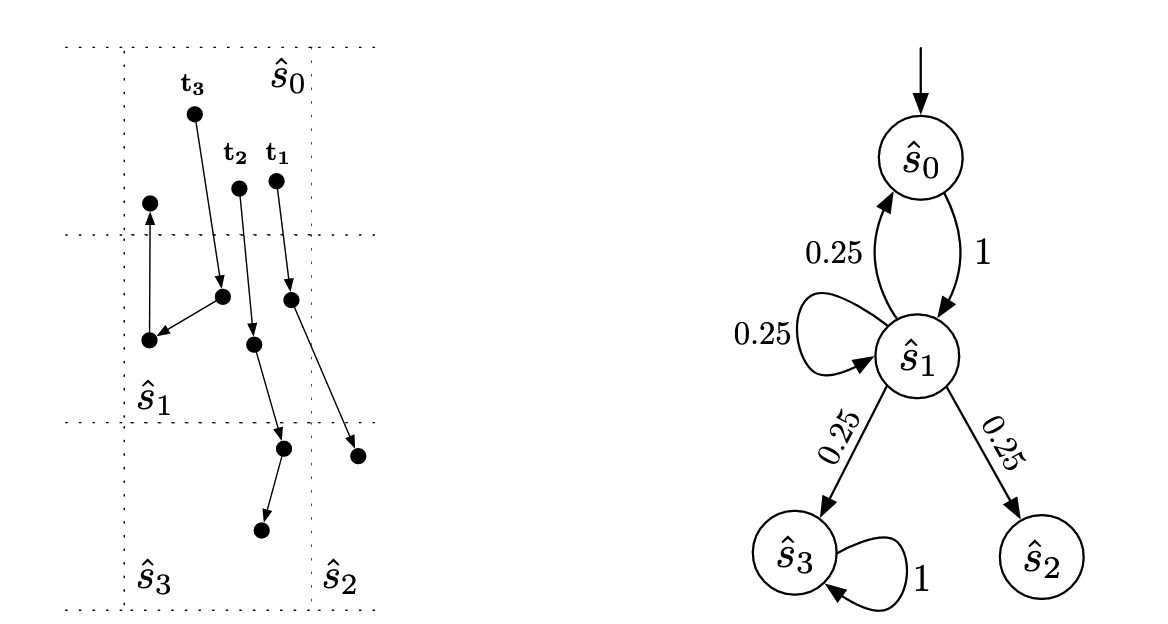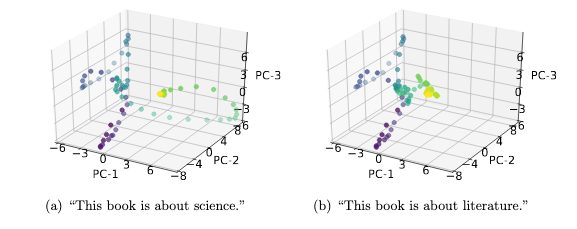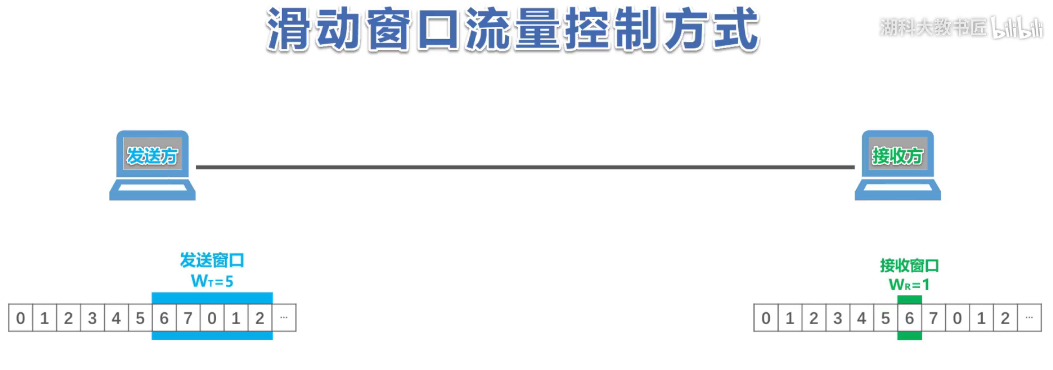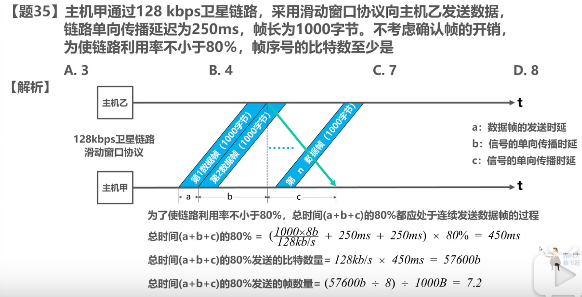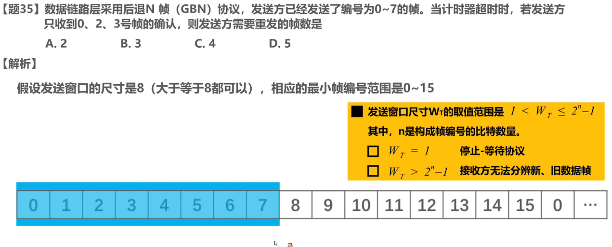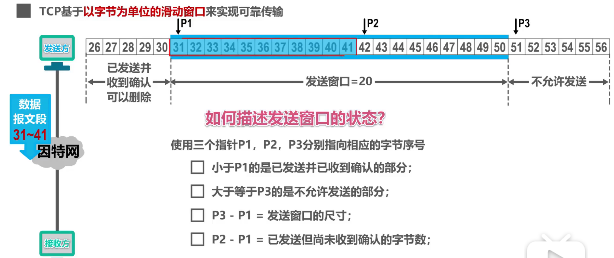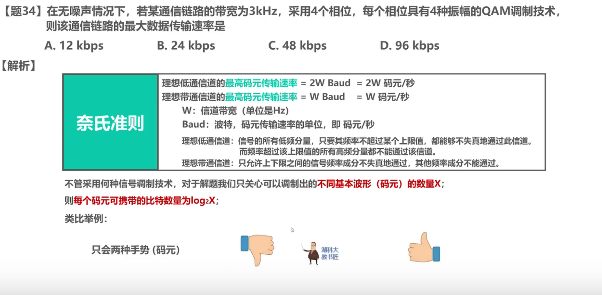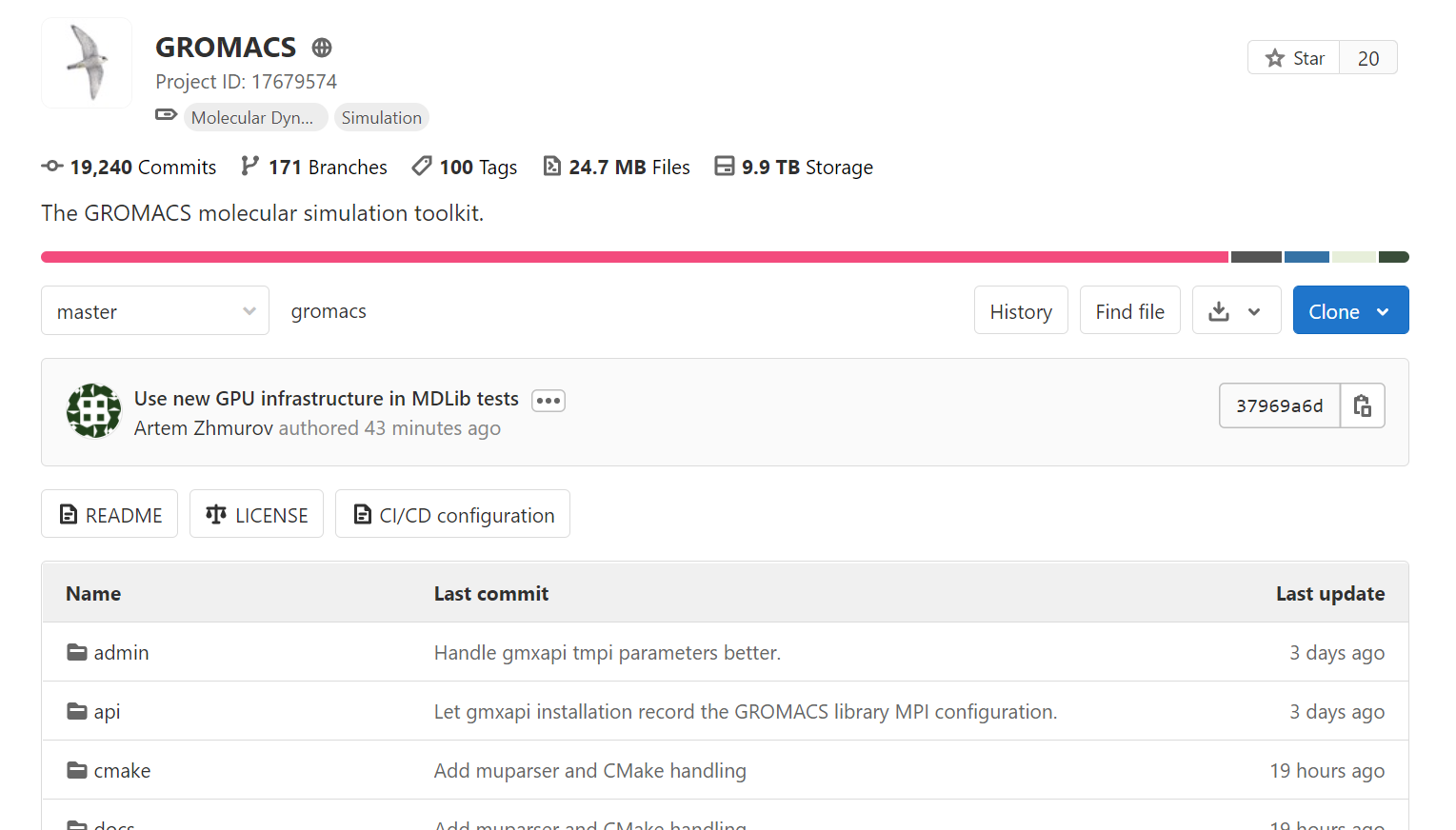A few days during the long vacation in China, I found some stuff good to play. The intensive was to figure out a fast framework for my ugly blog, which turns out to be non-sense. But the process of figuring out them is so so interesting.
My demands
My need is to have gitment embeddings work so that the trash comments will be filtered. Those can be handwritten by myself, but I don’t currently have time to do systematic research on javascript, only applying the latest wheel is enough for me. Besides, I’m in great need of markdown writing experience, so gatsby, Hexo and Hugo are my choices.
Rust
First, I consult on some rust written blog, with which I provide a great amount of efforts. https://github.com/ramsayleung/blog was a fantastic one. I found it utilize diesel to make mapping by struct in rust like:
table! {
post (id) {
id -> Int4,
title -> Varchar,
subtitle -> Varchar,
raw_content -> Text,
rendered_content -> Text,
create_time -> Timestamp,
modify_time -> Timestamp,
post_type -> Int4,
hit_time -> Int4,
published -> Bool,
slug_url -> Varchar,
enable_comment -> Bool,
tag -> Jsonb,
}
}
table! {
user (id) {
id -> Int4,
username -> Varchar,
hashed_password -> Varchar,
create_time -> Timestamp,
modify_time -> Timestamp,
email -> Varchar,
avatar_url -> Nullable<Varchar>,
}
}
table! {
visitor_log (id) {
id -> Int4,
ip -> Inet,
access_time -> Timestamp,
user_id -> Int4,
}
}
allow_tables_to_appear_in_same_query!(
post,
user,
visitor_log,
);
I consult on the database of our schools'. I thought it was pgdb, which I guess right. In terms of the static website for blogging, the database seems laggy and out of date. I eventually found out that even the database API is written in rust, but the speed of calling prosgredb is not that fast, within 10s ms per outer key consultation. The web parts is pure js, but not wasm. The rust part only account for its request logic dealing with backend, still the js to get data from the database, which is sad.
Rust is still not a frontend ready language, although it claims to be a fast and high throughput language in terms of dealing with data. Although they have https://github.com/SASUKE40/yew-starter for wasm but still javascript, so why not just javascript?
nearly all the data storing in the language that utilize API use mapping
For example JSON
HUGO
Hugo is written in go. At the jump, I have some experience of dealing with time serialized data (LSM) of HPC data using go API. go is really an out-of-box language so you don’t care much about the memory leakage and semaphore stuff for multithreading programs. Because many of the company is utilizing the language, there’s a bunch of resources and society for CRUD and business code, from database to HTTP sever, from JSON to YAML. HUGO is just another part of it. I gain much information from the blog there https://draveness.me/few-words-time-management/.
Gatsby
React implementation, React components required. I’m not so familiar with javascript and only had one project with LEAFERX, a nice guy. I eventually turn back to php using wordpress.
Why Rust is not ready and Go is ready.
Inside the choice of blog, I talked about the Rust right now is porting everything out of its good & safe logic of itself. The scheme of the rust deisey is just dumby. Rust is not ready for high throughput program unless it has better package for native web deployment. Go is ready for it has its own coroutine, c++2a is catch up with it later on. But go is combining the java developer to make it has c++ speed with single lines. Like Drogan/Drongan.
http package of go
The net/http language of Go wraps both the HTTP client and server implementations, in order to support better scalability, it introduces the net/http. An interface to the HTTP request, where the caller takes the request as an argument to get a response to the request, and net/http. Handler is mainly used by the HTTP server to respond to client requests.
scheduler of go
Signal-Based Preemptor Dispatcher - 1.14 ~ so far
- Enabling signal-based true preemption dispatch.
Garbage collection triggers preemption scheduling when the stack is scanned. - Not enough time points have been seized to cover the full range of edge cases.
static void schedule(G *gp) {
schedlock();
if(gp != nil) {
gp->m = nil;
uint32 v = runtime·xadd(&runtime·sched.atomic, -1<<mcpuShift);
if(atomic_mcpu(v) > maxgomaxprocs)
runtime·throw("negative mcpu in scheduler");
switch(gp->status){
case Grunning:
gp->status = Grunnable;
gput(gp);
break;
case ...:
}
} else {
...
}
gp = nextgandunlock();
gp->status = Grunning;
m->curg = gp;
gp->m = m;
runtime·gogo(&gp->sched, 0);
}
How overlay network is written in go.
Overlay networking is not actually a new technology, it is a computer network built on another network, a form of network virtualization technology that has been facilitated by the evolution of cloud virtualization technology in recent years.
In practice, we typically use Virtual Extensible LAN (VxLAN) to set up an Overlay network. In the following diagram, two physical machines can access each other over a three-layer IP network.
Reference
- https://draveness.me/whys-the-design-overlay-network/
- Kubernetes 源码剖析
